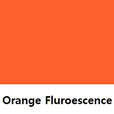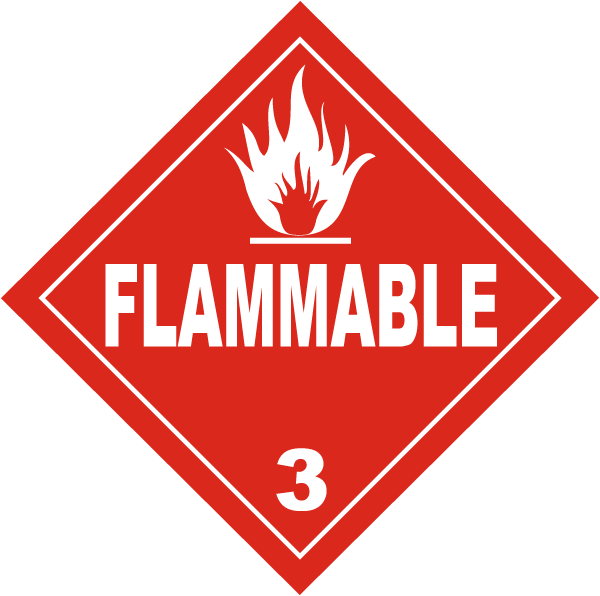|
Formula
Procedure of Application
Development Complete When
Source of Error
Incompatibilities
Precautions
Storage Container
Safety
Recommendations
Similar Reagent
Sequential Reagent
Formula
Stock Solution (Combine in order listed): 0.2 g Basic Red 28 dye dissolved in 60 ml Propanol, then add 40 ml Acetonitrile. Working Solution: 5 ml Stock Solution 95 ml Petroleum ether Procedure of Application
Development Complete When
The cyanoacrylate has absorbed the dye stain. Source of Error
DO NOT SPRAY the Basic Red 28 working solution to stain the cyanoacrylate. Incompatibilities
Items that inherently fluoresce in the 585 nm range will interfere with the dye stain fluorescence. Precautions
Avoid excess build-up of cyanoacrylate, since this may result in ridge detail depicting little contrast to the strongly fluorescent surface. Storage Container
Dark stoppered glass bottles with tight-fitting lids. Safety
Fume hood use is required when preparing and applying the reagent. Recommendations
Under-fume, rather than over-fume, items using cyanoacrylate ester to prevent excess dye adhering to the developed latent prints. Use a vacuum chamber, if available for the cyanoacrylate fuming. Similar Reagent
Sequential Reagent
Vertical Divider
|
Chemical Name
Basic Red 28 Surface Used On Non-Porous Surfaces Sensitive To Cyanoacrylate Deposit Abridged Reagent Sequence
Vertical Divider
|
Ridge Detail Visualized by:
Forensic Light Source induced Reagent Applicabilities: Non-Porous Surfaces Fluorescent Technique Post Cyanoacrylate Other Chemical Name(s): None Working Solution Shelf-life: Six (6) months |
Process Summary:
A fluorescent dye-stain used to enhance cyanoacrylate-developed latent prints. A forensic light source that will output light between 470 nm to 550 nm is required for this process.
A fluorescent dye-stain used to enhance cyanoacrylate-developed latent prints. A forensic light source that will output light between 470 nm to 550 nm is required for this process.
Accepted Deviations:
This reagent can be modified by the addition of Basic yellow 40 dye to provide a wider range of fluorescence.
This reagent can be modified by the addition of Basic yellow 40 dye to provide a wider range of fluorescence.
Supporting Reference Materials:
- Minutiae Magazine, Summer Special 1994, Issue No. 24, pg.7.
- "Chemical Formulas and Processing Guide for Developing Latent Prints", U.S. Dept. of Justice, pg. 47-48, 1994.
- Advances in Fingeprint Technology 2nd. Ed., Lee, H.C. & Gaensslen, R.E., CRC Press, Boca Raton, FL., 2001.
- Manual of Fingerprint Development Techniques 2nd. Ed., Home Office - Police Scientific Development Branch, White Crescent Press, Ltd., Luton, England, 2001.
- Technical Notes, Lightning Powder Co. Inc., Salem, OR., 2001.






